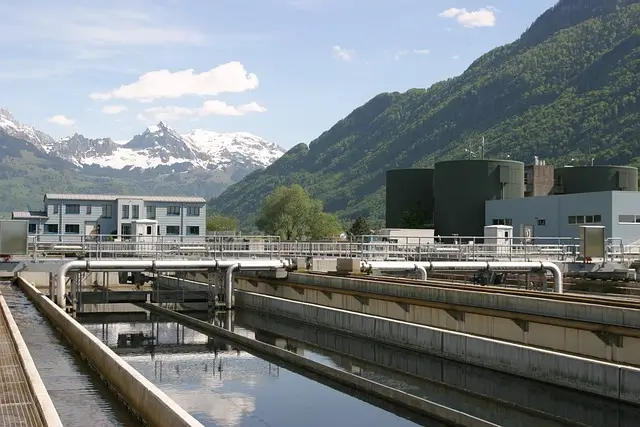Municipal water treatment plays a vital role in ensuring public health. Every day, millions rely on these systems to provide clean, safe water. Yet, many cities grapple with outdated infrastructure that can’t keep up with modern demands. Aging pipes and outdated systems often fall short, posing risks to communities.
Municipalities also face the challenge of meeting strict regulatory standards. These rules ensure water safety but can be tough to meet with limited budgets. Cities must balance the costs of upgrades with the need to comply with these regulations, a daunting task for many.
This article offers practical solutions to these common issues. You’ll explore effective strategies to upgrade your water treatment systems, enhancing water quality and ensuring compliance. By the end, you’ll have a clearer path to safeguarding your community’s health and meeting necessary standards.
1. Understanding Water Quality Requirements
First, you’ll need to pinpoint specific contaminants affecting your area. Different regions face unique water quality issues, from heavy metals to organic pollutants. Identifying these challenges is key to choosing the right treatment solutions. Engage in comprehensive water testing. This assessment will reveal the specific contaminants you must tackle.
Next, understand the regulations that govern your municipality. Both federal and local guidelines dictate how you should handle water treatment. Knowing these rules is crucial as it shapes the treatment options available to you. Compliance ensures you meet safety standards and avoid legal issues. It also impacts the technologies and processes you can implement. Ensuring you align with these standards is vital for effective water management.
2. Evaluating Treatment Technologies
Traditional methods like chlorination and filtration have been around for decades. They’re reliable and well-understood, but they also have downsides. Chlorination can leave a residual taste, and filtration may require frequent maintenance.
On the other hand, modern technologies like reverse osmosis and UV treatment offer advanced purification. These methods can handle a broader range of contaminants and are more efficient.
Choosing municipal water treatment solutions isn’t just about handling today’s problems. It’s also about preparing for tomorrow. Analyze how different systems can be scaled or adjusted as your community grows. Systems that offer scalability and flexibility are better long-term investments. They allow for adjustments without complete overhauls, which is crucial for staying ahead in water treatment.
3. Budgeting For Water Treatment Solutions
Budgeting effectively for water treatment starts with understanding the costs. Different systems bring varied financial implications, from initial setup to ongoing maintenance. It’s vital to detail these costs early. You can then make informed decisions that balance financial and quality needs. Don’t cut corners on critical elements that ensure water safety.
Funding can ease the financial burden. Look into governmental and non-governmental grants available for municipal water projects. These can significantly offset initial costs. Also, consider strategies to maximize these resources. Effective use of funding can make advanced purification technologies more attainable and sustainable for your community.
4. Implementing The Chosen Solution
Implementing a new water treatment system involves meticulous planning and consideration of numerous logistical aspects. When introducing new technology into your existing infrastructure, it’s crucial to assess the compatibility of new systems with the old. Evaluate the physical space, connection points, and integration with current monitoring systems. Adopting industry best practices for integration can significantly smooth the transition process. This methodical approach minimizes disruptions to daily operations and helps maintain consistent water quality throughout the upgrade process.
Once your new system is operational, it’s essential to maintain vigilant oversight of its performance. Continuous monitoring is not just a regulatory requirement; it’s a critical component of proactive system management. Employ modern sensors and real-time data analytics to track system efficiency and detect anomalies early. Regular audits and performance reviews should be scheduled to ensure the system meets all safety and quality standards. Utilize data-driven strategies to inform decisions on operational adjustments and improvements. This proactive stance not only helps in fine-tuning the system for optimal performance but also supports effective resource management, ultimately enhancing the reliability and efficiency of your water treatment infrastructure.
Conclusion
Choosing the right municipal water treatment solutions is vital. You’ve learned about assessing local water challenges, evaluating various technologies, and managing budgets effectively. Each step is crucial for implementing solutions that improve water quality and ensure public safety.
These strategies promise better public health and regulatory compliance. Smart choices in water treatment can lead to significant improvements in community well-being. It’s not just about meeting standards but enhancing life quality for all.
But don’t stop here. Consider starting public education programs on water conservation and treatment benefits. Form partnerships with technology providers for ongoing updates and training. Also, create advisory panels with experts to keep your practices at the forefront of innovation. These steps will further strengthen your water management efforts.

